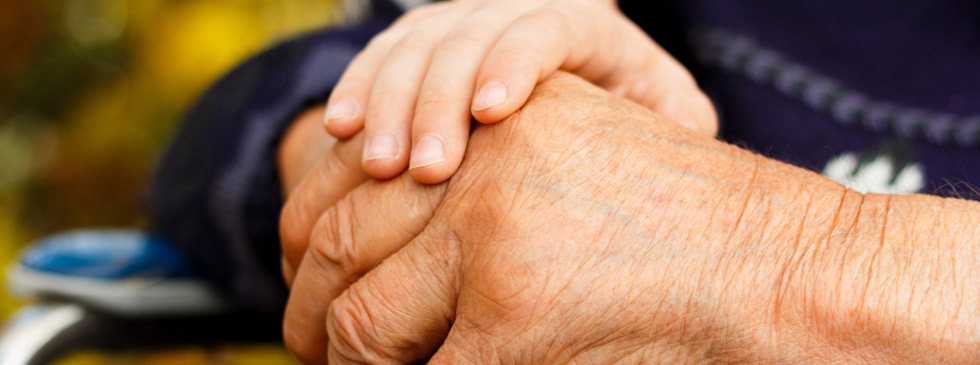Diabetes
Uncle Charlie has diabetes, and the 79-year-old widower landed in the hospital with a foot sore. The doctor was great, and so were the nurses and the treatments. Then it came time for Uncle Charlie’s nephews to take him home. Before the departure, a doctor and hospital caseworker spent a considerable amount of time talking to Uncle Charlie and his nephews about the “transition” back home.
They told Uncle Charlie they hoped to keep him from returning to the hospital for as long as possible. They restated something that he already knew: Foot complications are the most frequent reason for hospitalization in patients with diabetes, accounting for up to 25 percent of all diabetic admissions in the United States and Great Britain.*
They also told Uncle Charlie that recent research showed that weight-bearing exercise does not increase the risk for foot ulcers, and that those people who were the most active actually reduced their risk for ulceration.
“Charlie,” his medical team summed it all up, “please eat better, make sure you take your medications, use your exercise bike or walk more and don’t forget to arrange for rides to your follow-up doctors’ appointments.” Uncle Charlie’s nephews, who run a busy restaurant about 100 miles away, began to look for a way to help him on a daily basis.
So they contacted the local Home Instead Senior Care office to assist Uncle Charlie in trying to recover at home from the effects of diabetes. Home Instead Senior Care can help a senior transition safely home from a hospital or facility through the organization’s Returning Home Program.

